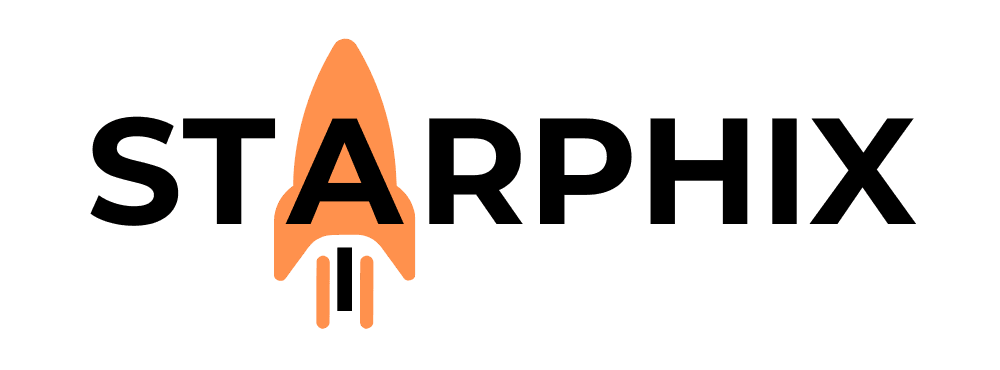Introduction: Your First AI Employees 🤖 #
As a small business owner, your most valuable asset is your time. Repetitive administrative tasks can consume hours that are better spent on growth, strategy, and customer relationships. Imagine hiring a team of digital “employees” who work 24/7 to handle these tasks for you. That’s what AI-powered automation offers. This guide provides five high-impact automation “recipes” you can build today. To get started, let’s first understand the simple, universal blueprint behind every automation.
The Universal Automation Blueprint 🗺️ #
Every automation, no matter how simple or complex, follows the same four logical steps. Whether you use Zapier, Make, n8n, or another platform, understanding this framework is the key to building anything you can imagine.
- Step 1: The Trigger (The “When”) ⚡️ This is the starting event that kicks off your workflow. It’s always a “When this happens…” statement.
- Examples: “When a new email arrives in Gmail,” “When a new row is added to a Google Sheet,” “When a form is submitted on my website.”
- Step 2: The Data (The “What”) 📦 The trigger event provides a package of data. Your job is to decide what specific pieces of information you want to use.
- Examples: The subject line and body of the email, the specific answers from the form submission, the content of a new social media post.
- Step 3: The AI Action (The “Magic”) ✨ This is where you connect to an AI model (like ChatGPT, Claude, or Gemini) via its API. You take the data from Step 2 and ask the AI to perform a specific action on it.
- Common Actions: Summarize text, Extract key information (like names or dates), Categorize an inquiry, Rewrite text into a different tone, or Draft a Response.
- Step 4: The Output (The “Where”) 🎯 This is the final step where you take the result from the AI and send it somewhere useful. It’s the “…then do this” part of the statement.
- Examples: “Post a message in Slack,” “Create a new card in Trello,” “Send an email from my account,” “Add a new row with the AI’s output to my Google Sheet.”
Now, let’s use this blueprint to build five powerful automations.
5 High-Impact Automations to Build Now #
1. Automated Email Triage & Summarization #
- Goal: Stop drowning in your inbox. Instantly know what’s important.
- Blueprint:
- Trigger: When a new email arrives in your main business inbox.
- AI Action: “Read the email body. Summarize it into one sentence. Categorize the email as ‘Urgent,’ ‘Inquiry,’ or ‘Newsletter.'”
- Output: Post a message to a private Slack or Microsoft Teams channel with the summary and category, so you can see what’s important at a glance.
2. Instant First-Draft Content from Testimonials #
- Goal: Turn happy customer feedback into marketing content effortlessly.
- Blueprint:
- Trigger: When a customer submits a new “Testimonial” form on your website.
- AI Action: “Take the following customer feedback: [form submission text]. Rewrite it into a polished, enthusiastic, first-person marketing testimonial of about 50 words.”
- Output: Create a new draft in Google Docs or a new note in Evernote with the AI-generated testimonial, ready for your review.
3. Smart Lead Categorization & Routing #
- Goal: Instantly understand and categorize new leads from your website.
- Blueprint:
- Trigger: When a new “Contact Us” form is submitted.
- AI Action: “Analyze the following message: [message from form]. Is this a ‘Sales Lead,’ a ‘Support Question,’ or a ‘Partnership Inquiry’? Extract the person’s name and company.”
- Output: Add a new row to a Google Sheet. Populate columns for Name, Company, AI-Generated Category, and the original message.
4. Social Media Idea Generator from Your Blog #
- Goal: Never run out of social media content again.
- Blueprint:
- Trigger: When a new item appears in your blog’s RSS feed.
- AI Action: “Read the following blog post: [article content]. Generate three engaging tweet ideas with relevant hashtags and one short LinkedIn post based on this article.”
- Output: Create several new cards in a Trello or Asana “Social Media Ideas” board, each card containing one of the AI’s suggestions.
5. Meeting Action Item Extractor #
- Goal: Turn long meeting transcripts into clear, actionable to-do lists.
- Blueprint:
- Trigger: When a new meeting transcript file (.txt) is added to a specific folder in Dropbox or Google Drive.
- AI Action: “Read the following meeting transcript. Extract all specific action items and the names of the people assigned to them. Format them as a simple checklist.”
- Output: Send an email to the meeting attendees with the subject “Meeting Summary & Action Items” and the AI-generated checklist in the body.
Related Reading 📚 #
- What’s Next?: For the Consultant or Coach: Streamlining Your Client Workflow with AI 🧑🏫
- The Technology Behind It: The Platform Layer: How APIs and No-Code Tools Connect Everything 🔗
- Understand the Cost: The Token Economy: How API Pricing Really Works 💰


